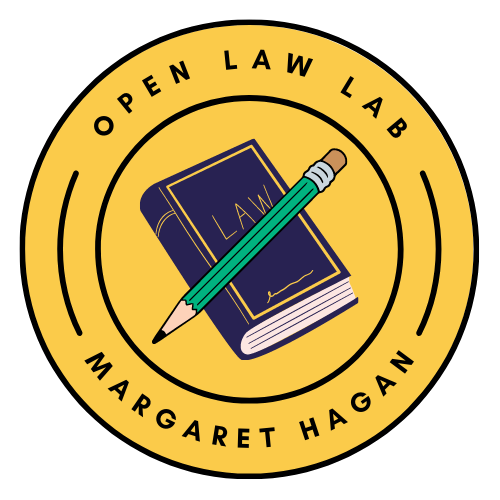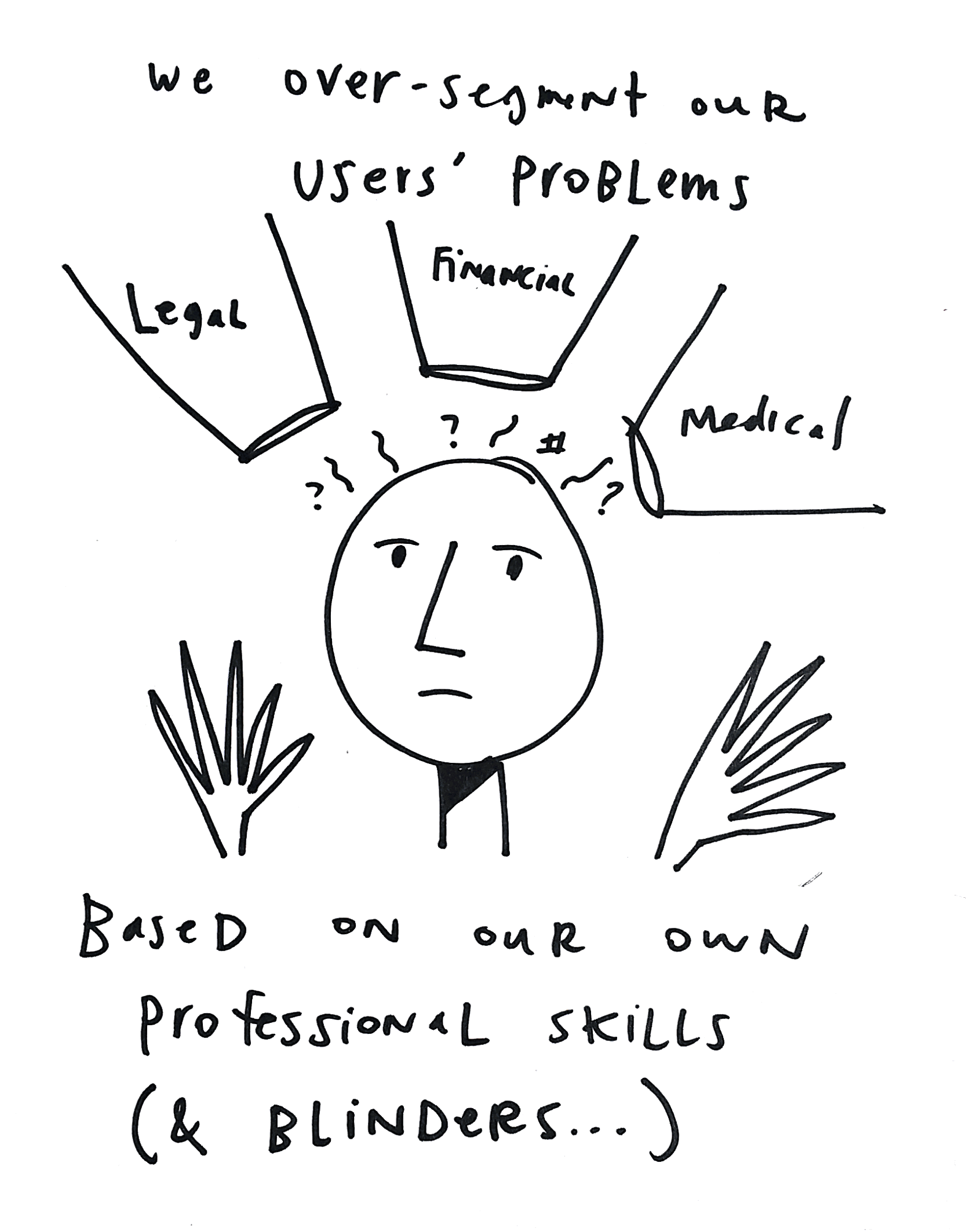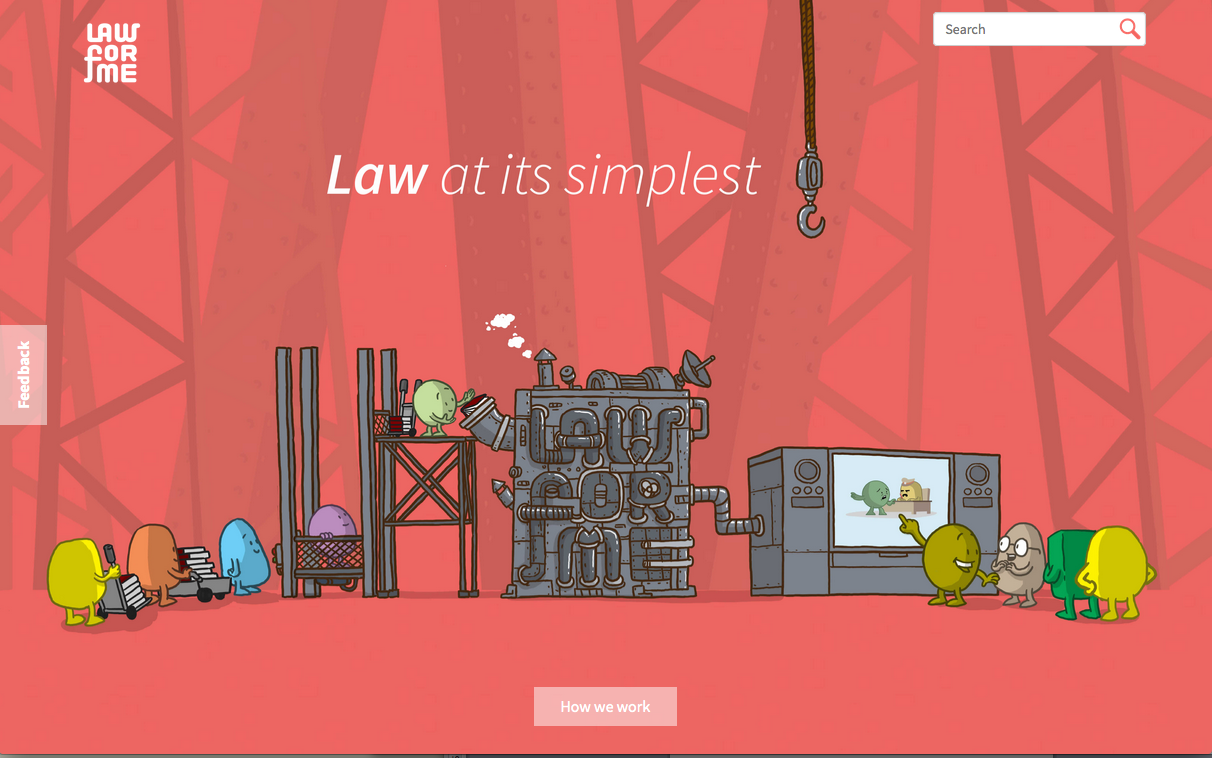Earlier this week I found myself at lunch with an expert in sustainable finance, another expert on healthcare and patient engagement, and a user experience designer. Then there’s me — a lawyer and designer working on redesigning the legal system.
We didn’t know exactly how we were all connected — just that each of our guts said that we should be talking to each other about what we’re working on. And it turns out we had a lot to talk about: we are all circling the same core problems, and maybe even the same exact people.
Here are my sketches summing up some points or our lunch conversation. The short text version: all of the systems we’re working on (the legal system, the financial system, the healthcare system) are all working on solving people’s life problems, but we don’t do a very effective job of it.
Why?
First, we aren’t thinking of people’s problems from their own perspective — in their multiple dimensions — but rather through our professional lens, that trains us to spot and respond to problems only through the concepts and solutions that we are confident in offering. We don’t address the many other dimensions of the problem.

Second, we don’t know how to empower users to make decisions in these systems, because we haven’t figured out how to get the right amount of information, in an engaging way to them.

Instead, we rely on the fiction of ‘informed consent’, in which we have people sign forms saying they understand what they’re about to go through in the system, they agree to it, they’re fine with it — even if none of these three things are true.

Our core challenge as experts: how to empower our users to be co-pilots in their decision-making in our complex system. (c) Margaret Hagan
We four talked through how this might be possible. The experts we work with tend to resist designs that aim for new ways of user-education and -empowerment.
Doctors protest doing more than the sign-off/informed consent model — they say “I studied ten years to get this knowledge, how can I get it to my patient in 15 minute increments that I live with (thanks to hospital billing requirements)?”. Lawyers say “This is just too hard to explain to laypeople, they need years of experience, of seeing patterns, of knowing all the complexities.”
There is truth there — there’s no way to get a person a PhD level understanding in a topic, to make sure they are fully informed and thoughtful about the choices they are facing. But couldn’t there be something in-between asking (i.e., requiring) people to sign off on an informed consent form without really expecting them to understand anything, and giving them full and complete knowledge of the situation?

The Design Mandate: interventions in-between PhDs and Consent Form models of user-decision-making. (c) Margaret Hagan 2016
This is where the four of us at lunch want to take aim: what are practical, feasible, but also breakthrough ways to get lay people knowledge about the big decisions they’re about to take? Whether it’s what treatment option to pursue when they’re facing a health crisis — or what legal procedure to take to respond to a problem — or what to do with their money so that they’ll have funds to support their goals.
Here is where design can have great potential. It could be better visual design (cleaner, more visual explanations), new product designs (interactive, smart tools), new service designs (that support and guide a person), or new system designs (that streamline the bureaucracies’ processes and rules).

And there is the (obvious) possibility with all four of us at the table. Can we co-locate? Can we link up? Can we make all of these different bureaucracies converge, so that from the user’s perspective, they all work together?
This means that they might physically be in the same place, with medical, legal, financial (and maybe also social, government, and mental health) professionals in the same space. Or that we have stronger referral networks, to make it very easy for professionals to spot the ‘other’ dimensions of their users’ problems, and refer the user to a complementary expert.
We can also start to think about the people who use our services in more holistic ways — as people living complicated lives, who are not just a medical problem, a legal problem, or a financial problem.
The four of us are going to be meeting up on a regular basis, to share our projects, our learnings, and scope out collaborations to start tackling these design challenges. Interested? Let us know! We are looking for other design-oriented professionals in these domains to help us envision a holistic, user-friendly future.




1 Comment
Awesome stuff, Margaret! Excited to continue the conversation…